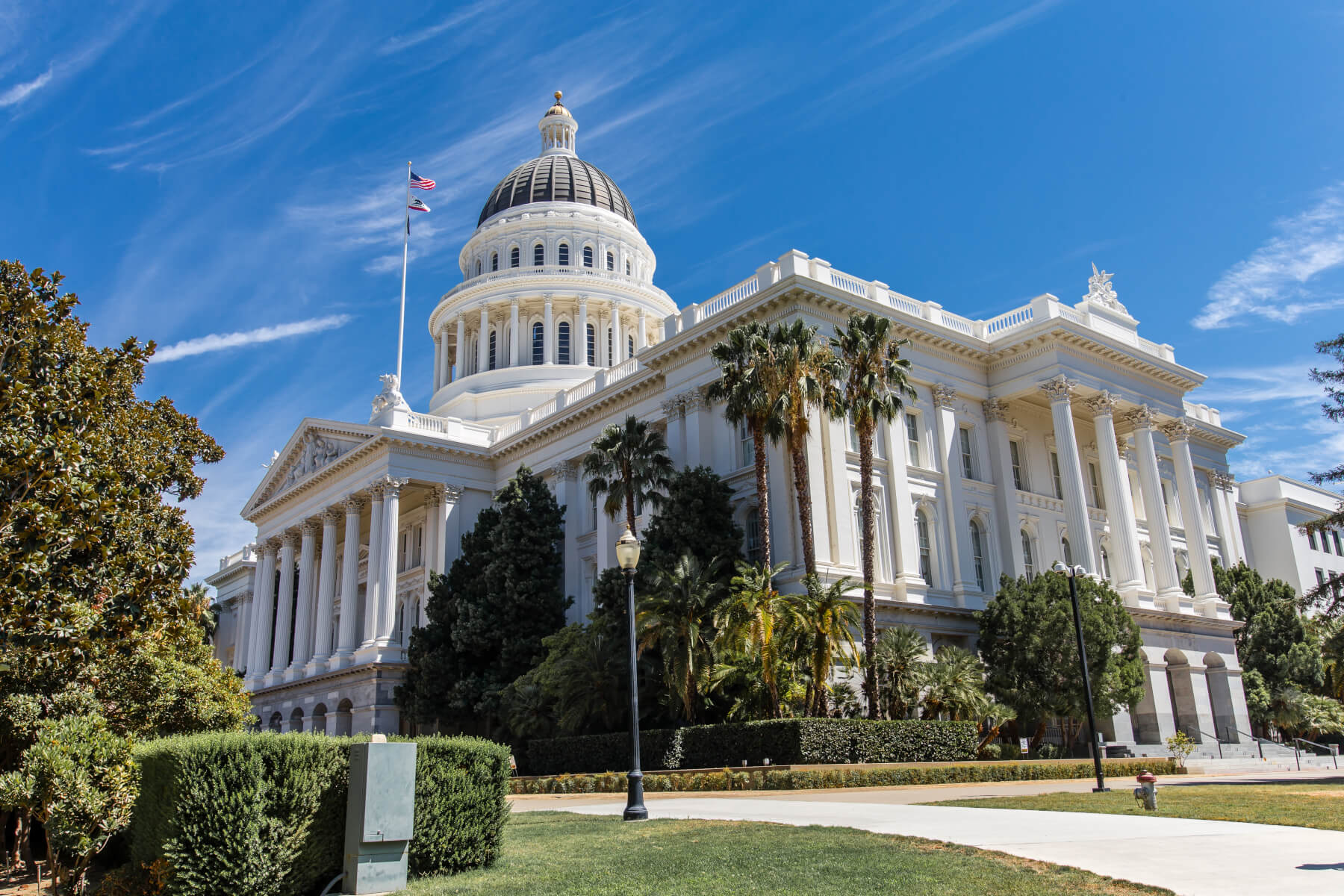Powers Granted & Powers Reserved: Where Does Federal Power End and State Authority Begin?
 “This government is acknowledged by all to be one of enumerated powers… But the question respecting the extent of the powers actually granted, is perpetually arising, and will probably continue to arise, so long as our system shall exist.” – John Marshall, McCulloch v. Maryland, 1819
“This government is acknowledged by all to be one of enumerated powers… But the question respecting the extent of the powers actually granted, is perpetually arising, and will probably continue to arise, so long as our system shall exist.” – John Marshall, McCulloch v. Maryland, 1819
Should public schools teach according to national standards? Should densely populated Washington, DC have the same gun laws as Montana? Should local law enforcement in sanctuary cities cooperate with federal immigration authorities to detain illegal immigrants? Some of our most heated public policy debates are tussles between the federal government and the states. As we seek to resolve these issues in an enormous and diverse nation, how can we improve our conversations about where federal authority ends and state jurisdiction begins? Not surprisingly, the authors of the Constitution considered these same issues in depth, and created a framework for addressing them that remains viable today.
Article I of the Constitution vests legislative powers in Congress, including some specific powers that are enumerated in Section 8. Some of them, such as the power to establish post offices, seem less crucial than they once did. Others remain vital: power to levy taxes, provide for the common defense, incur debt, regulate commerce with foreign nations and among the states, and declare war. Next, Article II vests executive powers in the office of the president. This includes command of the armed forces, and, with the advice and consent of the Senate, the power to make treaties and appoint Ambassadors, Supreme Court Justices, and other government officials.
As for everything else? Under the Tenth Amendment to the Constitution, “The powers not delegated to the United States by the Constitution, nor prohibited by it to the States, are reserved to the States respectively, or to the people.” In other words, the federal government is one of limited, enumerated powers, while state governments retain broad power to regulate for the common welfare of their people.
So it’s settled? Not quite. When he wrote the majority opinion in McCulloch v. Maryland, a landmark 1819 Supreme Court case on the limits of federal power, Chief Justice John Marshall predicted (correctly) that the debate over the role and extent of powers granted to the federal government would continue. In fact, the most basic questions that confronted the authors of the Constitution are still relevant today. How can we balance our desire to protect individual freedoms against the need to “restrain men from injuring one another”? How can we assure that the federal government has the power to govern effectively without letting those powers go unchecked? What is the proper balance today between the “enumerated” powers granted to the federal government and the powers reserved, under the Tenth Amendment, to the states and to the people?
In many areas, such as foreign policy, defense, immigration, and taxation, the answer is simple: the Constitution grants the federal government exclusive power to make policy. In other areas, such as health care, education, antipoverty programs, and regulation of commerce, the answers are more complex because these areas are subject to both state and federal regulation.
Today, we consider the balance of state and federal power in the context of unprecedented technological ability and a large, professional bureaucracy. At a time when the federal government can do more, we must still decide whether or not it should. We cannot frame lasting solutions to the problems that confront us today without addressing basic questions about the power of government and the limits on that power, and finding some measure of consensus.
